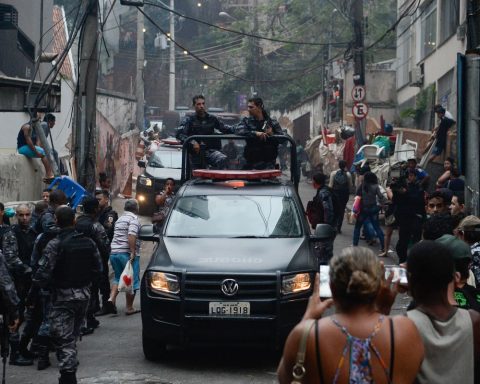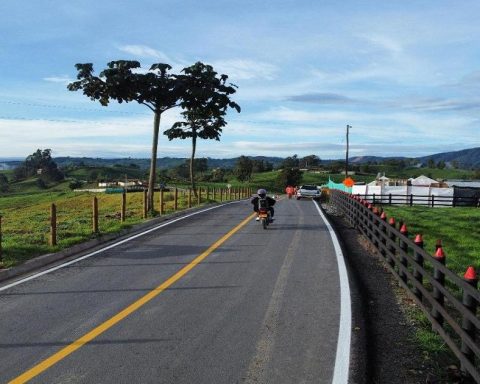The commitment to a network of high-speed trains (see previous report) not only aims to integrate the regions of the vast Chinese territory, but also presents itself as an efficient alternative to the problems of environmental pollution generated by air traffic. Today we are going to expand the perspective on electric transport with next-generation batteries, the Chinese revolution to investigate the future of energy applied to transport and logistics.
Electric vehicles and remote-controlled flying taxis, capable of accessing difficult or isolated terrain, look like something out of a science fiction movie. However, they are already part of this phenomenal Chinese transformation in relation to the so-called “clean energies” and serve both for the movement of passengers and products.
China has set itself the mission of building a sustainable economy and today leads the world in the use of renewable energy.
In this episode, Dongya Liang gives us the latest figures on the impact on consumption generated by the new fleets of electric vehicles, the map that China implemented in the use of vehicles that reduce pollutants, and the incentives for the generation and use of this type of energy, which also implies that Argentina can play an important role in the development of vehicles based on renewable energies in the coming years.
This video is part of the Near East, a space to get closer to China, a country that is as far away as it is unknown to us. In each episode, Dongya Liang -correspondent for Phoenix TV in Argentina-, invites us to go through the customs, the innovations and will show us some curiosities about her country.
















